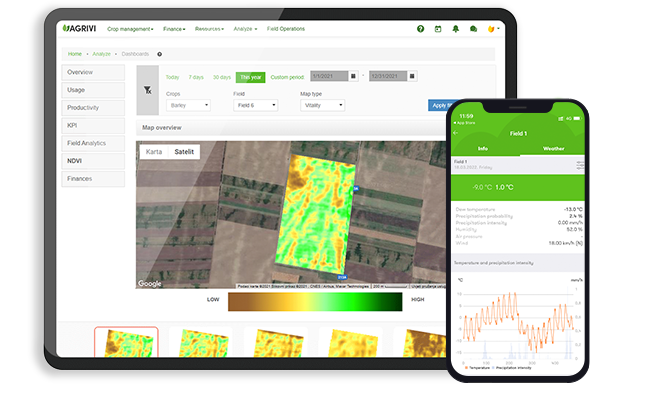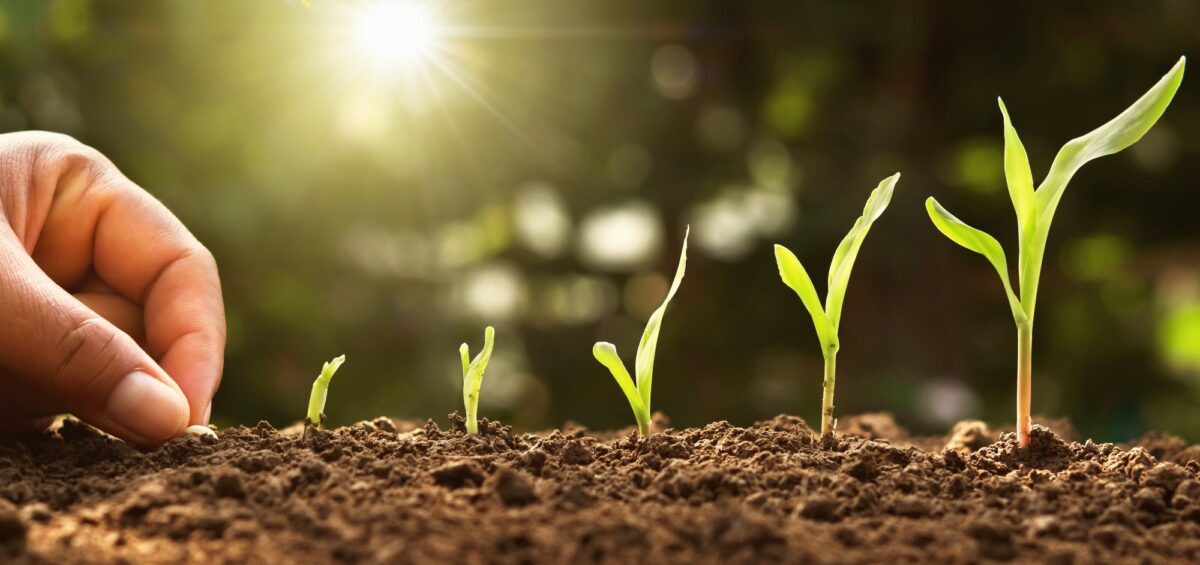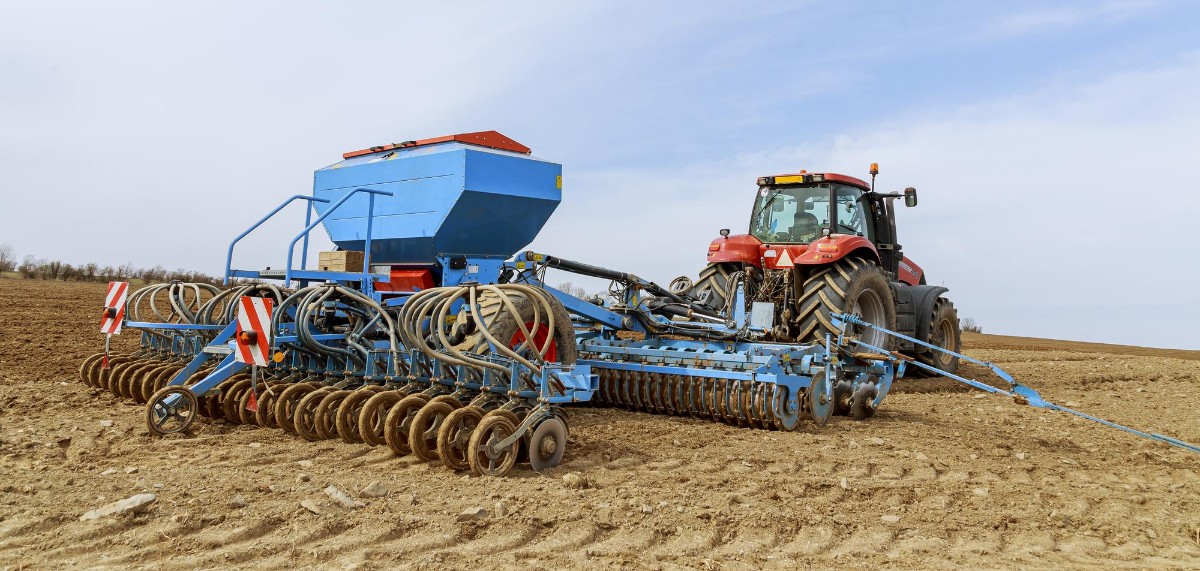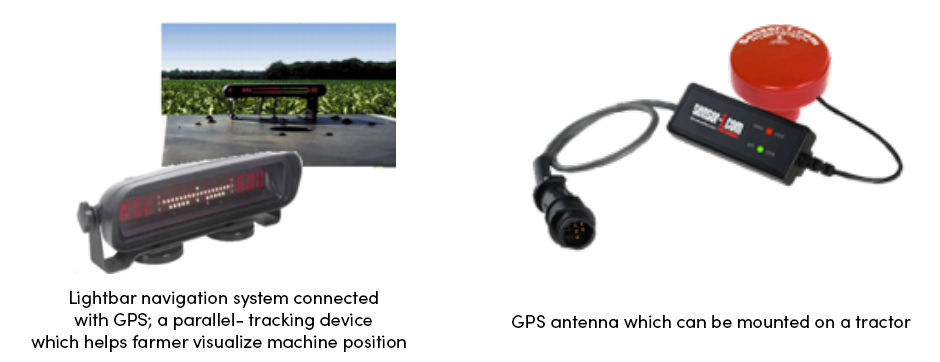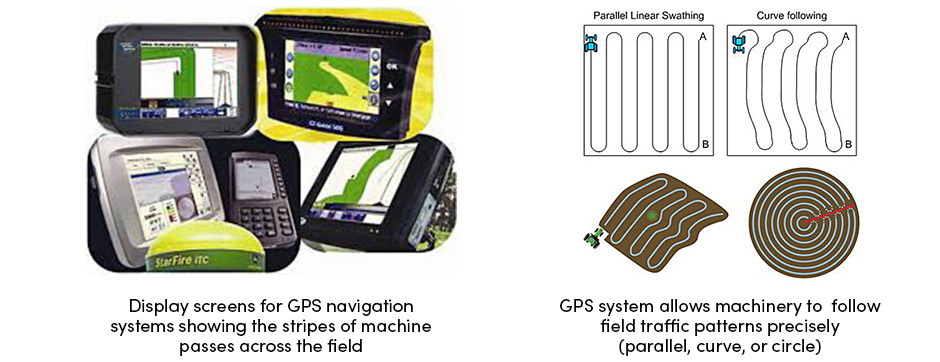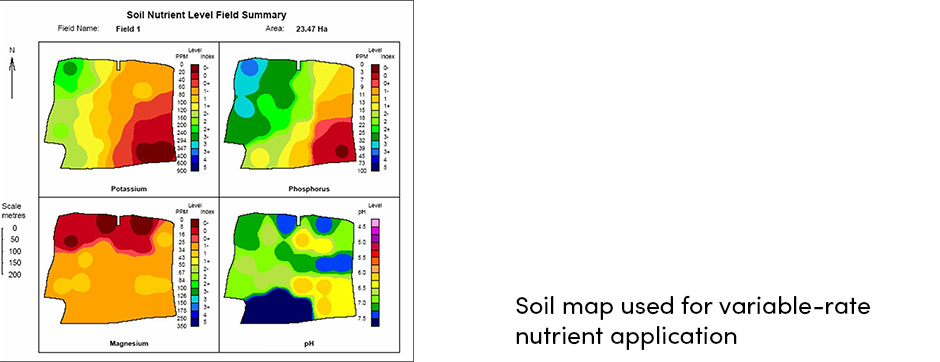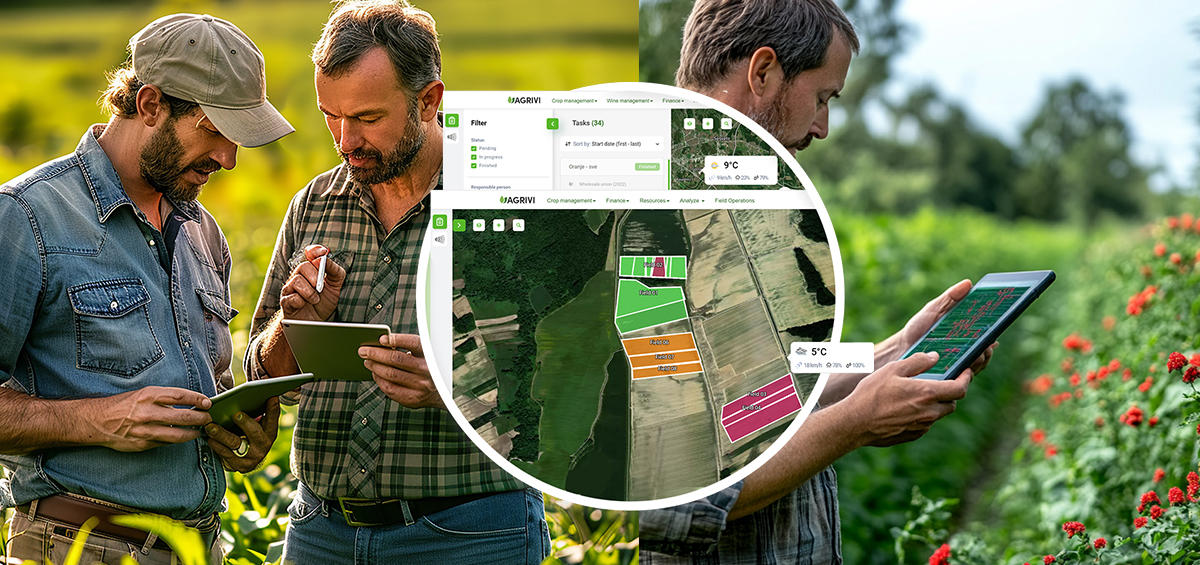Precision farming is revolutionizing agriculture. So much so that most industry pundits consider the advance of precision agriculture as fundamentally disruptive to sustainable agriculture and food production as was the invention of the John Deere steel plow in the mid-1800s.
Already the inclusion of new data-collection tools and the Internet of Things (IoT) combined with GPS, geographic information systems (GIS), remote sensing and satellite imagery is enabling farmers to optimize their decision-making. A 2021 study published by the Association of Equipment Manufacturers (AEM) concluded that precision farming technologies have already increased farmers’ production by 4%, reduced their fertilizer use by 7%, decreased herbicide applications by 9%, lowered fossil fuel use by 6% and gained a 4% savings in water use.
According to the United States Department of Agriculture (USDA), as more and more farmers adopt precision ag techniques and new technologies, agricultural systems will use fewer resources and ultimately be more sustainable.
Table of Contents
What Is Precision Farming?
Precision farming is also known as site-specific crop management. It merges data collection and remote sensing with Global Positioning Systems (GPS) and Geographic Information Systems (GIS) to allow farmers to respond to in-field variability with their crop management.
Farmers can get extremely precise in their crop management while not sacrificing crop yields. They can vary the amount of seed planted or fertilizer spread to not just sections of a field but by the square meter and even square centimeter of a field. This means they can place the precise amount of seed and fertilizer to optimize production based on field conditions such as soil types and moisture levels.
What is Precision Farming Used For?
Farmers use precision farming in many aspects of their farming practices to make resource management decisions based upon on-site and real-time data collected in their fields.
The earliest, and most commonly used, precision ag technique is for variable rate applications of inputs. Variable rate technology (VRT) is installed on seeders, and fertilizers and is now being added to irrigation systems like center pivot systems. Variable rate technology (VRT) allows farmers to precisely vary how much and where they apply inputs (seed, fertilizer or water) based on overlaying data sources, like soil maps, prior harvest yield maps or imagery collected from drones, and airplanes or satellites. Prior to seeding or applying an input, a farmer will run a “prescription,” aka “script,” that gives the machine being used a precise GIS-enabled map with instructions of how much input to apply at what point in the field. The farmer enables auto-steer and their GPS program in their tractor and then lets the variable rate program automatically follow the script, with no further input needed from them.
How Does Precision Farming Increase Farm Sustainability
The benefits of precision farming include better sustainability and less of an environmental impact.
By making more precise decisions, farmers are able to manage their inputs and nutrients more carefully. This results in less wasted fertilizer and nutrient runoff. By using remote sensing, farmers can hone in exactly where disease and pests pressures are high, applying chemicals only where they are needed rather than the entire field, reducing the volume of herbicides and fungicides they use. By monitoring equipment and drivers, farm managers can hone in and reduce fuel consumption, resulting in fewer emissions.
Precision ag technologies like machine learning and AI can help to reduce on-farm field waste by increasing crop quality, a big win for food production sustainability. By collecting and attaching data to crop production, starting at the seed production stage and following a crop all the way until it reaches a consumer’s table, agribusinesses can create traceability and accountability that reveal further insights they can manage for even more efficient production.
What Are the Components of Precision Farming?
The main components of precision farming are information, technology and management.
As technology has advanced, agtech startups have created specific applications using these fundament principles and brought increasingly more effective, technically-advanced solutions toward improving farmers’ yields and profitability while reducing their pesticides, herbicides, fertilizer and other inputs used.
Here is a list of specific precision agriculture technologies commonly being used by precision ag farmers.
· GIS & GPS
The use of GPS and GIS together gives farmers the ability to orient their equipment and data collection in real-time for accurate positioning and field management.
· Auto-Steer
Auto-steer uses GIS and GPS to guide tractors and other farm machinery in uniformly straight lines across farm fields. This allows farmers to till, seed, fertilize and harvest their fields with precision accuracy.
· Variable Rate Technology (VRT)
Variable rate technology lets farmers apply seeds, fertilizer and other inputs at different rates across a field.
· Remote Sensing
The use of highly sensitive satellite imagery or images collected by drones or planes to identify areas of crop growth and stress and then geo-locating those specific points in a field using GPS.
· Artificial Intelligence (AI)
The use of machine learning to identify and respond to real-time input in farming practices. AI is mostly being developed in farm robotic applications, such as robotic harvesters or robotic weeding machines.
· Data Collection and Analytics
Collecting data generated during all farm actions and then analyzing that data to reveal deeper insights guiding smart farm management decisions. AGRIVI’s farm management software is a data collection and analytics platform, giving real-time insights in field data and enabling data-driven decisions.
· Yield Monitors
Yield monitors on combines generate yield maps during the harvest period by measuring the amount of harvest collected at precise points geo-located across a field using GPS and GIS technology. Yield maps are layered with other precision ag technology such as soil maps and VRT maps to refine farm management decisions for better outcomes.
Advantages and Disadvantages of Precision Agriculture
There are advantages and disadvantages to precision agriculture farming should consider.
Advantages of Precision Ag Technology
Precision management technology gives farmers more precise information to enable better decision-making and enables real-time action on that information. The end results are a better use of resources enabling more sustainable practices and saving time and money while not sacrificing profitability.
Disadvantages of Precision Ag Technology and How Farm Management Platform Helps
The disadvantages of precision farming include buying new tech-enabled equipment or enrolling in tech platforms which can be a daunting additional expense on a lean farm budget. Farmers have to carefully weigh their potential gains of precision farming technology against the added expense. Many farmers complain they have more data than they know what to do with through their precision equipment. And they don’t have the time or knowledge to understand or analyze it.
That’s where AGRIVI comes in. With AGRIVI’s easy-to-use farm management software, small farms or enterprise companies can collect and quantify on-farm data. AGRIVI provides real-time field insights and simplifies farm administration. Watch the video and discover more:
